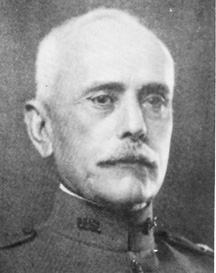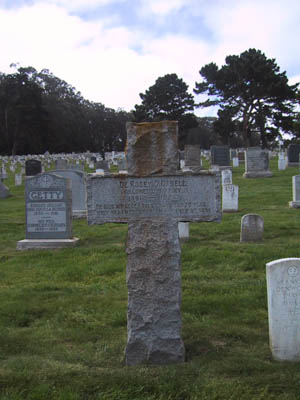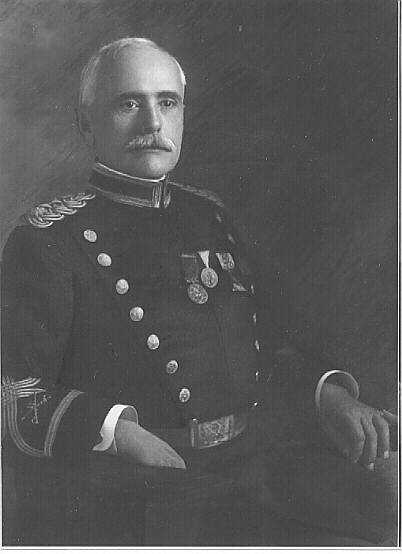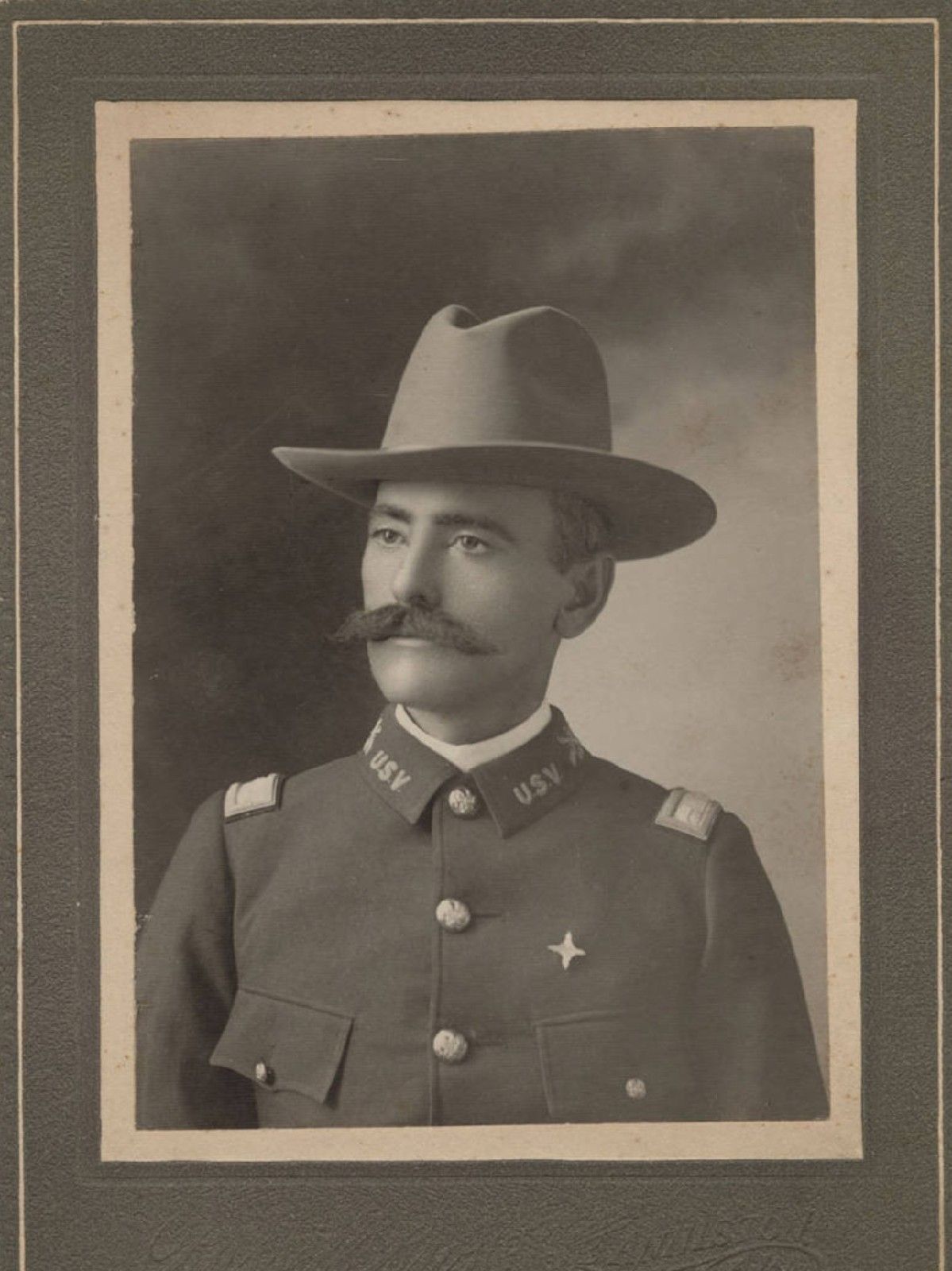Born at Fort Smith, Arkansas, the son and first child of a Confederate officer, Major Algernon Sydney Cabell, and Mary Angella Carroll. He was named after his mother's father, a Colonel in the Confederate Army. He had 9 brothers and sisters. He joined the US Military Academy, graduating in 1884 as 18th in his class of 37 graduates. Electing the 8th Cavalry, he was assigned to frontier cavalry duty, and on 8 Feb 1888, he married Mary "Marie" Boggs Otis, the daughter of his first commanding officer, Colonel Elmer I. Otis. Marie died 11 months later, on 22 Nov 1888, from illness following the birth of their daughter, Marie. She was buried at Fort Meade, South Dakota. On 7 March 1892, he married Marie's younger sister, Martha Mary Stanislaus Otis, and they had three children of their own: Lee, DCC Jr, and Agnes. In 1885 he was wounded in the Indian Wars. In 1898, during the Spanish American War, he was commander of the 2nd Arkansas Volunteer Infantry, and in 1901 he participated in the China Relief Expedition (Boxer Rebellion). Later, he was in the Philippine Insurrection and in 1916, he was General Pershing's Chief of Staff during the Punitive Expedition into Mexico. He commanded the 15th Cavalry Division in France during World War I. He was promoted to Major General in 1918, when he commanded the Mexican Border Command, for which he received the Distinguished Service Medal in 1920. During the post World War I Reduction in Force (RIF), he was reduced in rank to Colonel, and bitterly angry, he retired in March 1920, dying four years later. In reaction to the anger and complaints of numerous Army officers who were reduced in the RIF, in 1930 Congress changed the law to allow a soldier to retire at the highest rank honorably held. This was, of course, too late for DCC, as his grave marker reads "Colonel, US Army. Be this my glory told from year to year, what was I worth to them who knew me here?"
Born at Fort Smith, Arkansas, the son and first child of a Confederate officer, Major Algernon Sydney Cabell, and Mary Angella Carroll. He was named after his mother's father, a Colonel in the Confederate Army. He had 9 brothers and sisters. He joined the US Military Academy, graduating in 1884 as 18th in his class of 37 graduates. Electing the 8th Cavalry, he was assigned to frontier cavalry duty, and on 8 Feb 1888, he married Mary "Marie" Boggs Otis, the daughter of his first commanding officer, Colonel Elmer I. Otis. Marie died 11 months later, on 22 Nov 1888, from illness following the birth of their daughter, Marie. She was buried at Fort Meade, South Dakota. On 7 March 1892, he married Marie's younger sister, Martha Mary Stanislaus Otis, and they had three children of their own: Lee, DCC Jr, and Agnes. In 1885 he was wounded in the Indian Wars. In 1898, during the Spanish American War, he was commander of the 2nd Arkansas Volunteer Infantry, and in 1901 he participated in the China Relief Expedition (Boxer Rebellion). Later, he was in the Philippine Insurrection and in 1916, he was General Pershing's Chief of Staff during the Punitive Expedition into Mexico. He commanded the 15th Cavalry Division in France during World War I. He was promoted to Major General in 1918, when he commanded the Mexican Border Command, for which he received the Distinguished Service Medal in 1920. During the post World War I Reduction in Force (RIF), he was reduced in rank to Colonel, and bitterly angry, he retired in March 1920, dying four years later. In reaction to the anger and complaints of numerous Army officers who were reduced in the RIF, in 1930 Congress changed the law to allow a soldier to retire at the highest rank honorably held. This was, of course, too late for DCC, as his grave marker reads "Colonel, US Army. Be this my glory told from year to year, what was I worth to them who knew me here?"





















